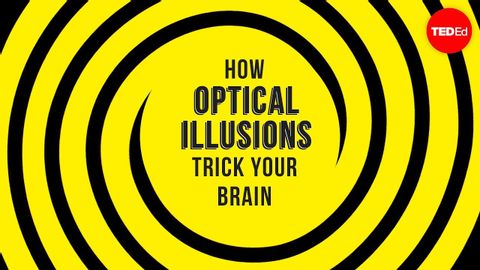【TED-Ed】錯覺如何欺騙你的大腦? How optical illusions trick your brain - Nathan S. Jacobs (How optical illusions trick your brain - Nathan S. Jacobs)
Ashley Chen 發佈於 2017 年 10 月 26 日  沒有此條件下的單字
沒有此條件下的單字US /ˈkɑɡnɪtɪv/
・
UK /ˈkɒgnətɪv/
- adj.認知的;認知能力的;認知發展的;認知療法的
- v.t.猛擊...的頭部
- n. (c./u.)大腦;頭腦;智囊;天才;中央處理器
- n. (u.)智力;腦力
- n.地點,處所;處於困境,陷入困境;點;少量,少許;斑點,污漬
- v.t.認出,發現
